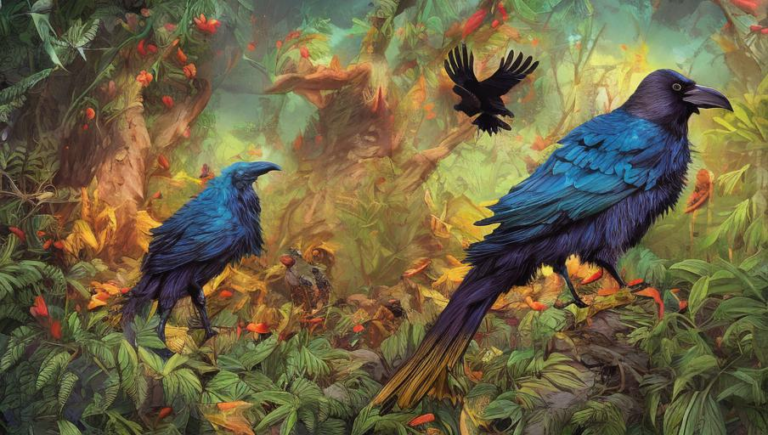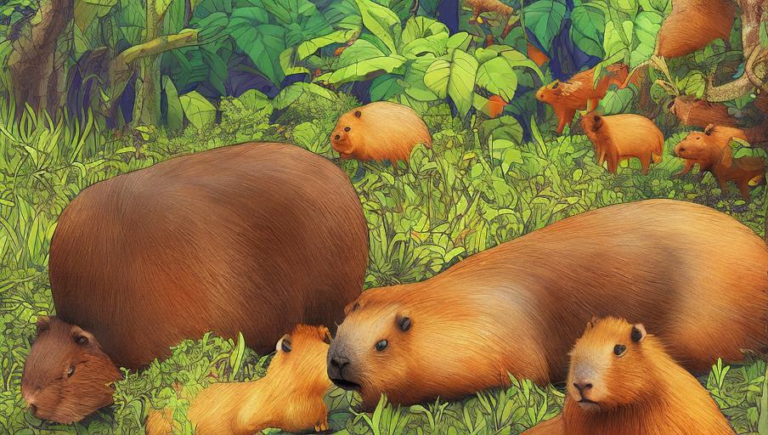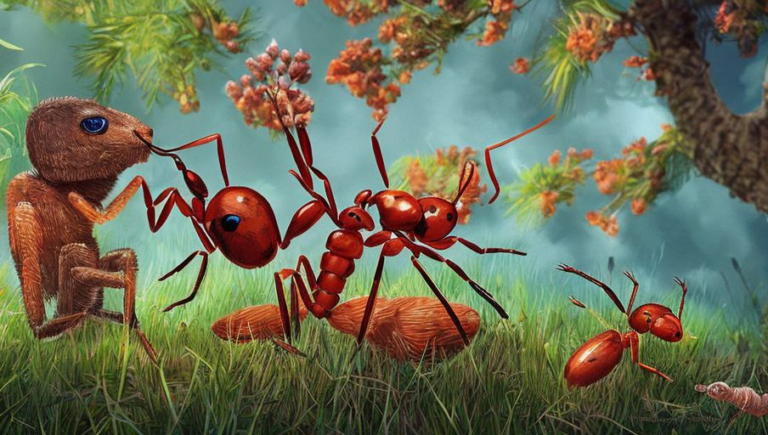Comprehending Dolphin Behavior in the Wild

Introduction
Dolphins are one of the most beloved creatures on Earth. Widely known for their intelligence and playful behavior, dolphins have been studied extensively by scientists and observed by avid wildlife enthusiasts. Understanding their behavior in the wild can be extremely difficult, but there are some key behaviors to look out for that can give an insight into their behavior and how they interact with each other and their environment.
Observing Dolphin Behavior in the Wild
When observing dolphins in the wild, it is important to be respectful of their environment and their space. Dolphins use their environment for foraging, mating, and playing, so it is important to be mindful of the impact of your presence. Be sure to keep a respectful distance from the dolphins and avoid making loud noises or splashing. By staying quiet and still, you will be able to better observe their behavior.
Socializing and Communication
When they are not hunting or looking for food, dolphins can be found socializing with one another. Dolphins have an extremely complex social structure and communicate with each other through a variety of methods, including vocalizations, body language, and even touching. Dolphins use these methods to establish dominance, form lasting relationships, and even care for one another.
Playtime
Dolphins are incredibly playful and can be seen leaping and jumping out of the water. Dolphins often engage in play with each other, and they can even be seen playing with humans. They use their playful behavior to explore, bond, and even teach one another new skills. This behavior is essential for their survival and helps them to form strong relationships with their peers.
Mating and Breeding
Dolphin mating rituals vary depending on the species. In general, males will court females by swimming alongside them, vocalizing, and making physical contact. Dolphins use their complex communication methods to establish a bond before they mate. After mating, the female will carry the calf for approximately 12 months before giving birth. Dolphins are incredibly nurturing and caring animals and will stay with their calf for the first few months of its life, teaching it essential skills for survival.
Conclusion
Dolphins are an incredibly fascinating species and observing their behavior in the wild can be an incredibly rewarding experience. By following the tips outlined above and maintaining a respectful distance, you can gain an insight into their complex social behavior and learn about their amazing abilities. It is also important to remember that dolphins are wild animals and should be treated with respect and care. By doing this, you can help to ensure the survival of these incredible creatures.





